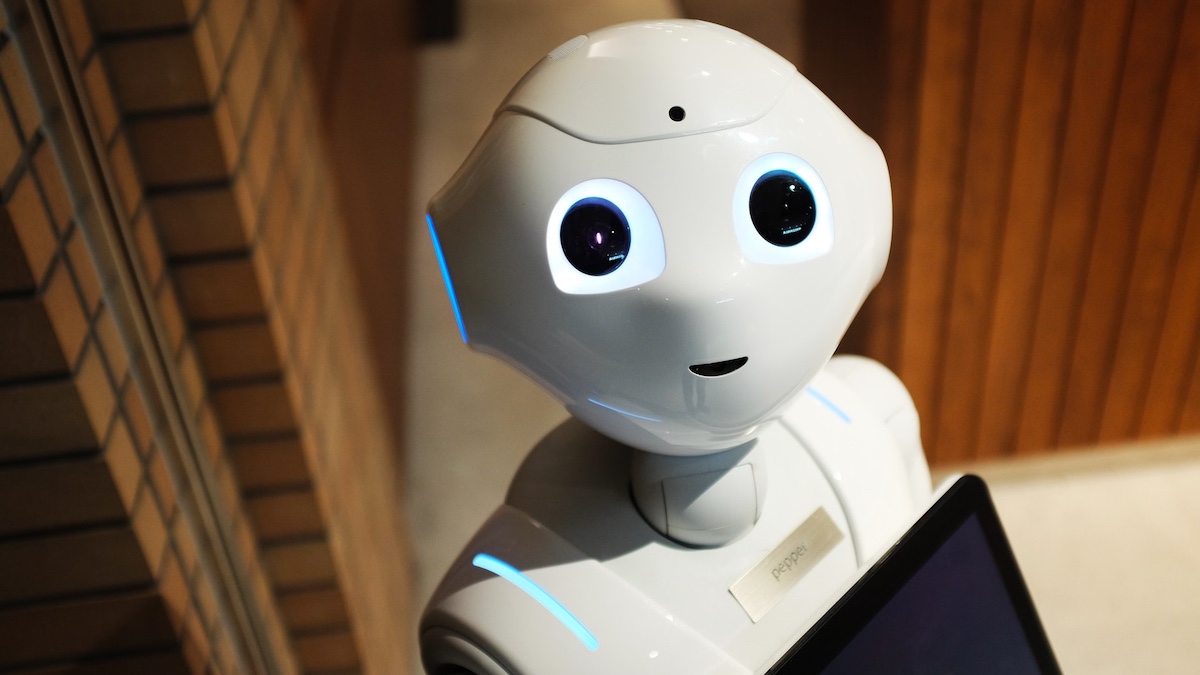Artificial intelligence is a branch of computer science that makes intelligent machines and computer programs. It is a broad branch that includes machine learning and deep learning. John McCarthy, a professor emeritus at Stanford University, coined the term artificial intelligence in 1956.
Artificial intelligence applications include voice assistants like Alexa, Siri, and Google Assistant. It is also applied to deep learning models like Luther AI.
McCarthy defined artificial intelligence as “the science and engineering of making intelligent machines, brilliant computer programs. It is related to the similar task of using computers to understand human intelligence, but AI does not have to confine itself to biologically observable methods.”
Later on, Stewart Russell and Peter Norvig differentiated AI based on the human and ideal approach. In the human approach, you get systems that think and act like humans. The ideal approach has systems that think and act rationally.
Types of Artificial Intelligence
There are four types of artificial intelligence. All four have their own specific functions and approaches. Here are the four types of AI:
1. Reactive Machines
This is the simplest form of artificial intelligence. Reactive machines don’t learn from any data that is previously fed into them. These machines react to their environment based on real-time observations. An example of reactive machines is Google AlphaGo. It is the first AI to defeat a human Go player. As the name suggests, it predicts and reacts to the data it receives, not learning anything from it.
2. Limited Memory AI

Limited memory AI is an advanced form of reactive machine AI. These programs can combine previously fed data with real-time information to make a decision. Self-driving cars are the easiest example of limited memory artificial intelligence. These cars have previously fed data like maps, traffic signals, and other road markers, and they combine this data with the real-time movement of other vehicles around them.
3. Theory of Mind AI
Theory of Mind AI refers to the artificial intelligence that can process and understand emotions. Such AI would be capable of making social decisions, empathizing, and sympathizing. It will learn, make observations, and evolve based on its experiences.
One of the first examples of the Theory of Mind AI is MIT’s Kismet robot. This robot could take part in social interaction with people and always make them smile.
4. Self-Aware AI
This builds on the Theory of Mind AI. Self-aware AI is artificial intelligence that can feel desire, emotions, and consciousness of its own. By far the most advanced form of AI, these machines and programs can learn about themselves and the world and develop a conscience. If you’re scared about AI domination, this might be your worst nightmare.
As of now, an example of self-aware AI is the robot ‘arm’ created by Columbia University. When they created this robot, it didn’t know anything, but after a day, it could draw its simulation, understanding itself from scratch. Science still has a long way to go before self-aware AI can be limited to scope and definition.
Concluding
Now, AI has evolved from huge computers to the phone in your palm and the smart speaker in your room. Devices themselves are capable enough to process requests locally. For instance, Apple’s Siri can now understand and perform most functions locally on your iPhone.
While it is still in the development phase, we see artificial intelligence dependency increasing. It is expected to normalize and even blend into our daily lives with time.
If you like this simple explainer, check out our Short Bytes section. We take complex tech topics and break them into short, easy-to-understand articles.







